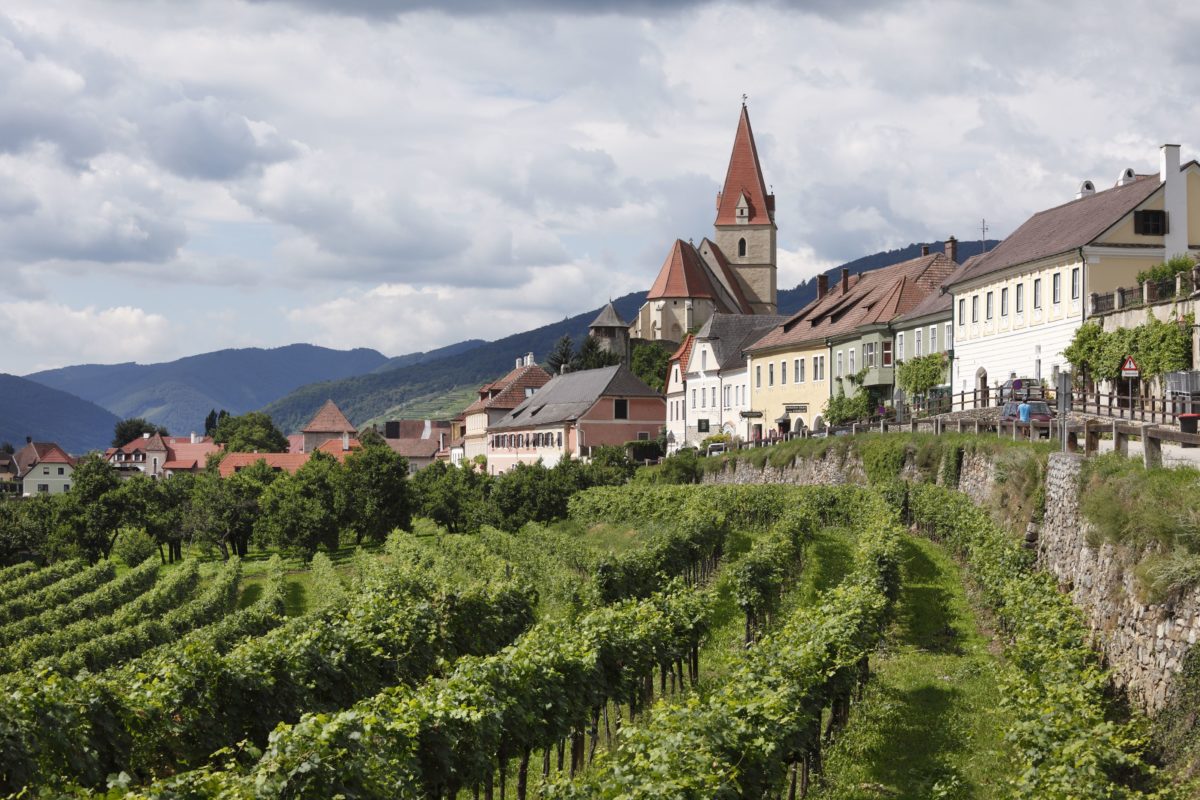Austrian winegrowers are looking forward to a good vintage with fully ripe grapes this year. Compared to the big harvest in 2018, an average volume of approximately 2.4 million hectolitres is expected. And after the record-breaking early harvest last year, picking will begin around Lake Neusiedl at the beginning of September. In other regions, the primary harvest will begin in mid-September’, states Johannes Schmuckenschlager, president of the Austrian Winegrowers’ Association.
No late frost damage
After a normal budding, late frost damage could be avoided once more this year, despite a few anxious nights. In contrast to the previous year, flowering took place about two weeks later – at the normal time. Excessive heat in June 2019 with record temperatures over 30°C then led to rapid progress of the vegetation. The dry and hot weather conditions also provided very healthy grapes; this dryness worked against the development of any fungal diseases during and after flowering. The very high temperatures around blossoming led, in some areas to a poor fruit set.
First drought, then relief
In the wine-growing regions of Burgenland and Krems, the heat brought severe drought stress in June and July. At the end of July, however, the onset of rainfall provided relief in most winegrowing regions. Occasionally there was also heavy precipitation in the form of downpours and thunderstorms, and some hail damage was recorded. At present, the vegetation is progressing due to the rainfall.
How does 2019 look?
The development of the vegetation cycle in 2019 points to a fully ripe vintage. Due to the arid stretch after flowering in June and July, the berries are on average a bit smaller, which is also an indicator that there will be some very aromatic wines. And because of the postponement of maturity to a normal, slightly cooler period, growers expect high sugar concentration but sufficient acidity as well. 2019 should offer very harmonious and nicely balanced wines.
All in all, it is quite likely that this year’s wines will have finesse and freshness on top of ripeness and opulent texture because there is plenty of acid backbone to go with the depth of fruit.
Fast facts for vintage 2019
Quality
-Very healthy, fully ripe grape material throughout the winegrowing regions of Austria
-Aromatic wines with good acid backbone, finesse and freshness expected
Harvest volume
-Approx. 2.4 million hectolitres expected
-Vegetation cycle
-Budding at the normal time, no late frost damage
-Hot June/July: rapid progress of vegetation, coloure in some instances; drought stress in most regions relieved by rainfall in late July
-Isolated hail damage


